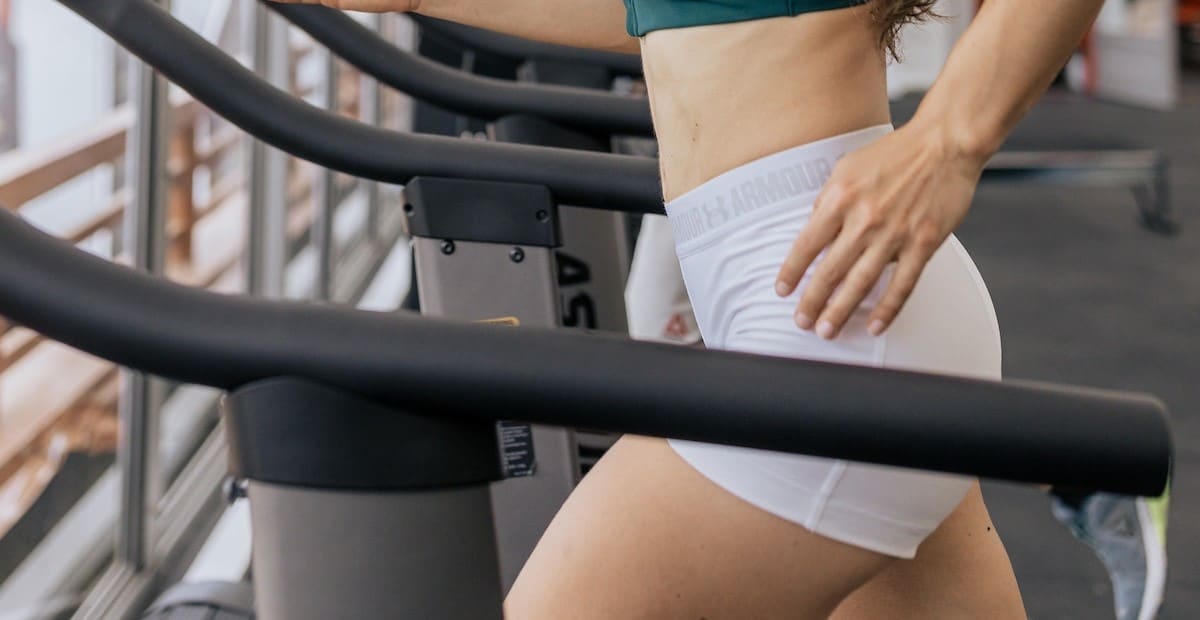
Contents
- 1. Don’t Set the Pace Too High
- 2. Don’t Try to Multitask
- 3. Don’t Skip the Warm-Up
- 4. Don’t hold onto the handrails while you’re walking or running
- 5. Don’t wear loose clothing that could get caught in the moving parts of the treadmill
- 6. Don’t use the treadmill at too high intensity if you’re pregnant or have a heart condition
- 7. Don’t use the treadmill if you have any health conditions that could be made worse by exercise
- 8. Don’t try to do too much too soon
- 9. Don’t forget to cool down and stretch when you’re finished
- 10. Don’t run whilst experiencing excess muscle soreness or muscle strain
- 11. Don’t use any sort of damaged exercise equipment, especially if it appears on the treadmill belt itself
- 12. Don’t wear the wrong shoes
- Conclusion
- FAQs
- Is an exercise bike safer than a treadmill?
- Is it wise to use popular treadmills reviews to find the best treadmill for me?
- Is it safer, when starting out, for treadmill users to complete an exercise program but at a slower pace than they might want to start at?
- Can they then simply complete the same workout but at a faster speed over the coming days/weeks as they get fitter?
- Here are some exclusive training tips to distinguish between burning more calories vs fewer calories:
If you’re like me, you love a good treadmill workout. There’s something about running in a nice secure environment that just feels so satisfying. However, there are a few things that you should definitely avoid doing if you want to have a successful (and safe) treadmill workout. Read on to learn more!
1. Don’t Set the Pace Too High
One of the biggest mistakes that people make when they’re first starting out on the treadmill is setting the pace too high. It’s easy to get caught up in the moment and try to go too fast, but trust me, it’s not worth it. Not only will you exhaust yourself quickly, but you’re also more likely to suffer an injury if you’re going too fast. Start slow and gradually increase your speed as your body adjusts to the workout.
2. Don’t Try to Multitask
I know, I know, it’s tempting to try to get a few things done while you’re working out on the treadmill. But resist the urge! Trying to multitask while working out is a recipe for disaster. Not only will your workout suffer, but you’re also more likely to fall off the treadmill or injure yourself if you’re not paying attention to what you’re doing. So leave your phone in your locker and focus on your workout.
3. Don’t Skip the Warm-Up
I’m guilty of this one myself sometimes – I just want to jump on the treadmill and get the workout over with as quickly as possible. But trust me, skipping the warm-up is a bad idea. A proper warm-up helps prepare your body for exercise and prevents injuries. So take a few minutes to stretch before you start running. Your body will thank you for it later!
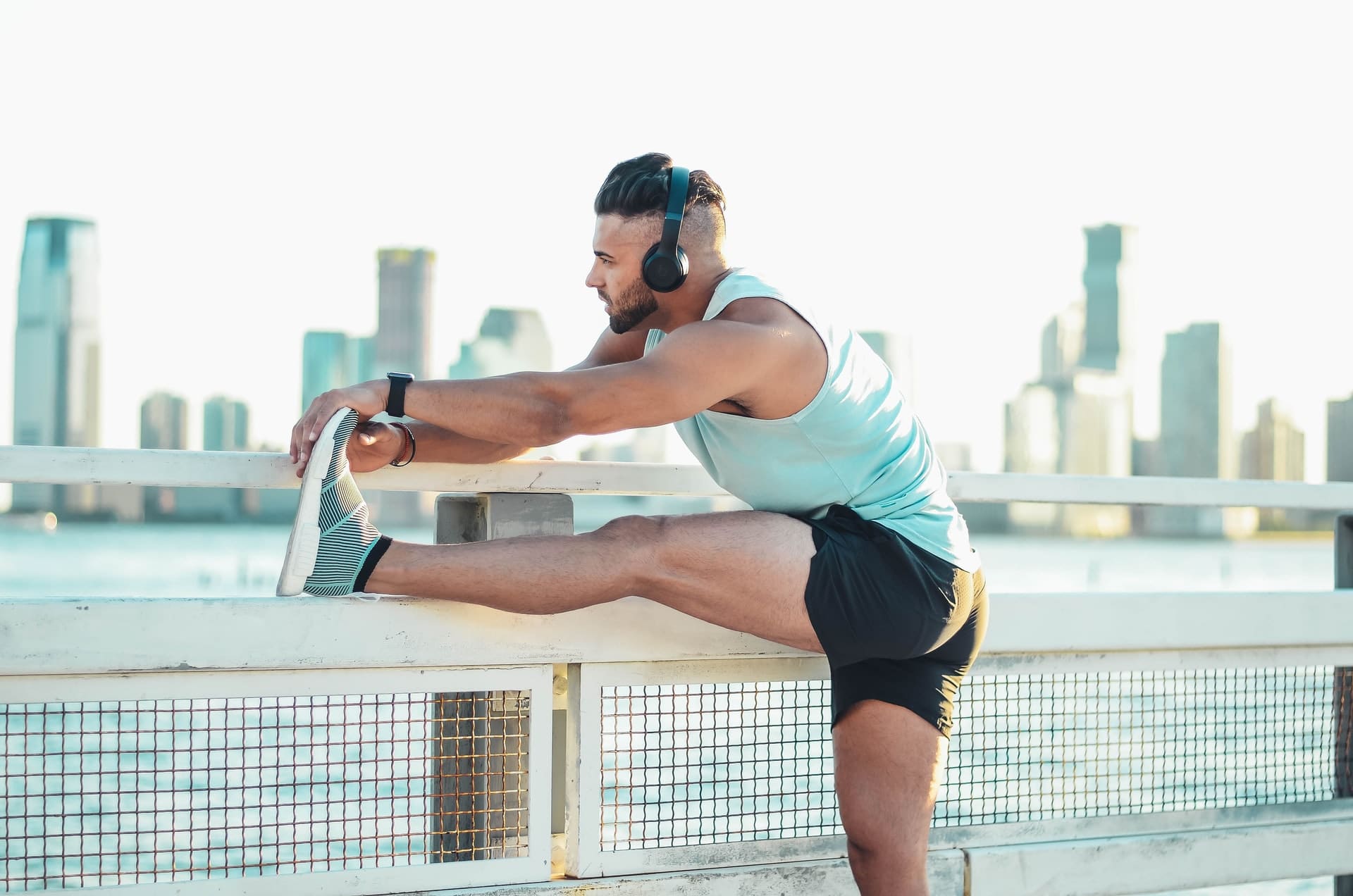
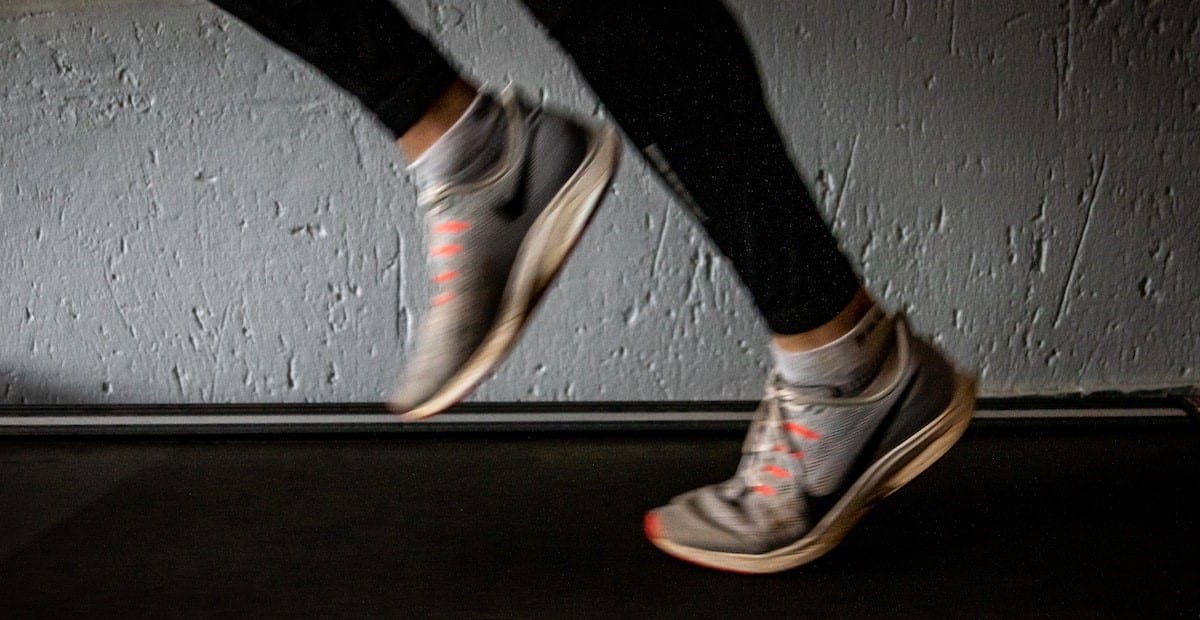
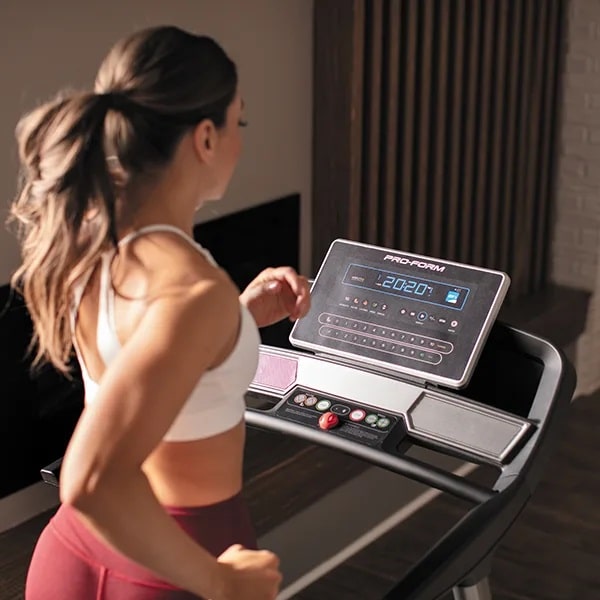
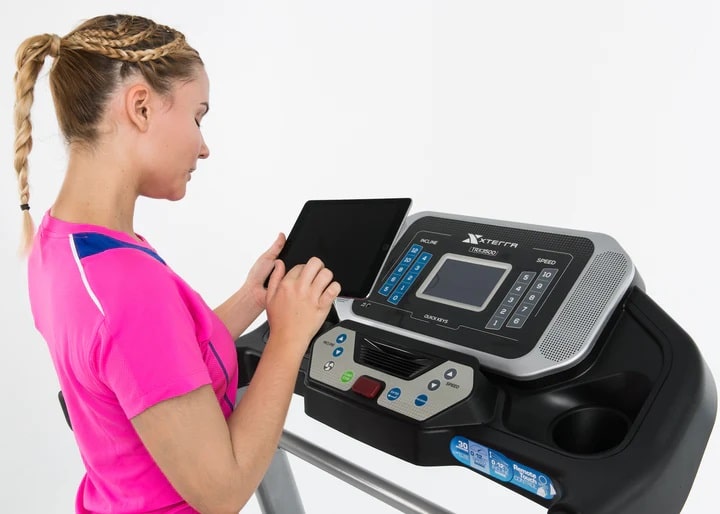
4. Don’t hold onto the handrails while you’re walking or running
I see people doing this all the time, and it drives me crazy! Holding onto the handrails while you’re walking or running on the treadmill is a surefire way to make your workout less effective. Not only does it take away from the calories you’re burning, but it also puts unnecessary strain on your arms and shoulders. If you need to hold onto something for balance, try holding onto the front of the treadmill instead.
5. Don’t wear loose clothing that could get caught in the moving parts of the treadmill
This one is just common sense, but I’ll say it anyway: don’t wear loose clothing that could get caught in the moving parts of the treadmill. I’ve seen people wearing baggy shorts or loose tank tops that end up getting tangled in the belt, and it’s not a pretty sight. Not to mention, it’s dangerous!
6. Don’t use the treadmill at too high intensity if you’re pregnant or have a heart condition
If you’re pregnant or have a heart condition, it’s important to talk to your doctor before starting any exercise routine. But in general, you should avoid using the treadmill at too high intensity if either of these applies to you. Pregnant women especially need to be careful not to overdo it, as too much exercise can put them at risk for pre-term labour or other complications.
7. Don’t use the treadmill if you have any health conditions that could be made worse by exercise
Again, if you have any health conditions that could be made worse by exercise, it’s important to seek professional medical advice by talking to your doctor before starting an exercise routine. This is especially true if you’re planning on using the treadmill, as the high-impact nature of running can aggravate some health conditions. If you have any doubts, it’s better to be safe than sorry and check with your doctor first.
8. Don’t try to do too much too soon
If you’re new to exercise, it’s important to start slow and gradually increase the intensity of your workouts. Trying to do too much too soon is a recipe for disaster, both in terms of your workout and your health. Start with a few minutes of walking or light jogging, and then gradually increase the time and intensity as your body adjusts.
9. Don’t forget to cool down and stretch when you’re finished
Just like it’s important to warm up before you start exercising, it’s also important to cool down and stretch when you’re finished. Cooling down helps your body recover from the exercise and prevents injuries. And stretching helps improve your flexibility and range of motion. So take a few minutes to cool down and stretch when you’re done with your workout – Your body will be grateful for the benefits!
10. Don’t put the safety key in your pocket while you’re using the treadmill
This one is more for your safety than anything else. Most treadmills have a safety key that you can clip to your clothing while you’re using the machine. If you fall or trip, the key will pull out, and the treadmill will stop. So make sure you clip the key to your clothing, preferably in a place where it won’t fall out, before you start your workout. And don’t put it in your pocket! If you do, there’s a chance it could fall out, and you could get injured.
10. Don’t run whilst experiencing excess muscle soreness or muscle strain
Exercise-induced muscle soreness is a common issue for many people, especially those who are new to running. It is important to listen to your body, and if you experience any pain, stop immediately and rest. If the pain persists, consult a doctor.
11. Don’t use any sort of damaged exercise equipment, especially if it appears on the treadmill belt itself
If you see any damage to the treadmill belt, do not use the machine. This could cause further damage or even injury. If possible, take a picture of the damage and contact the company for a replacement.


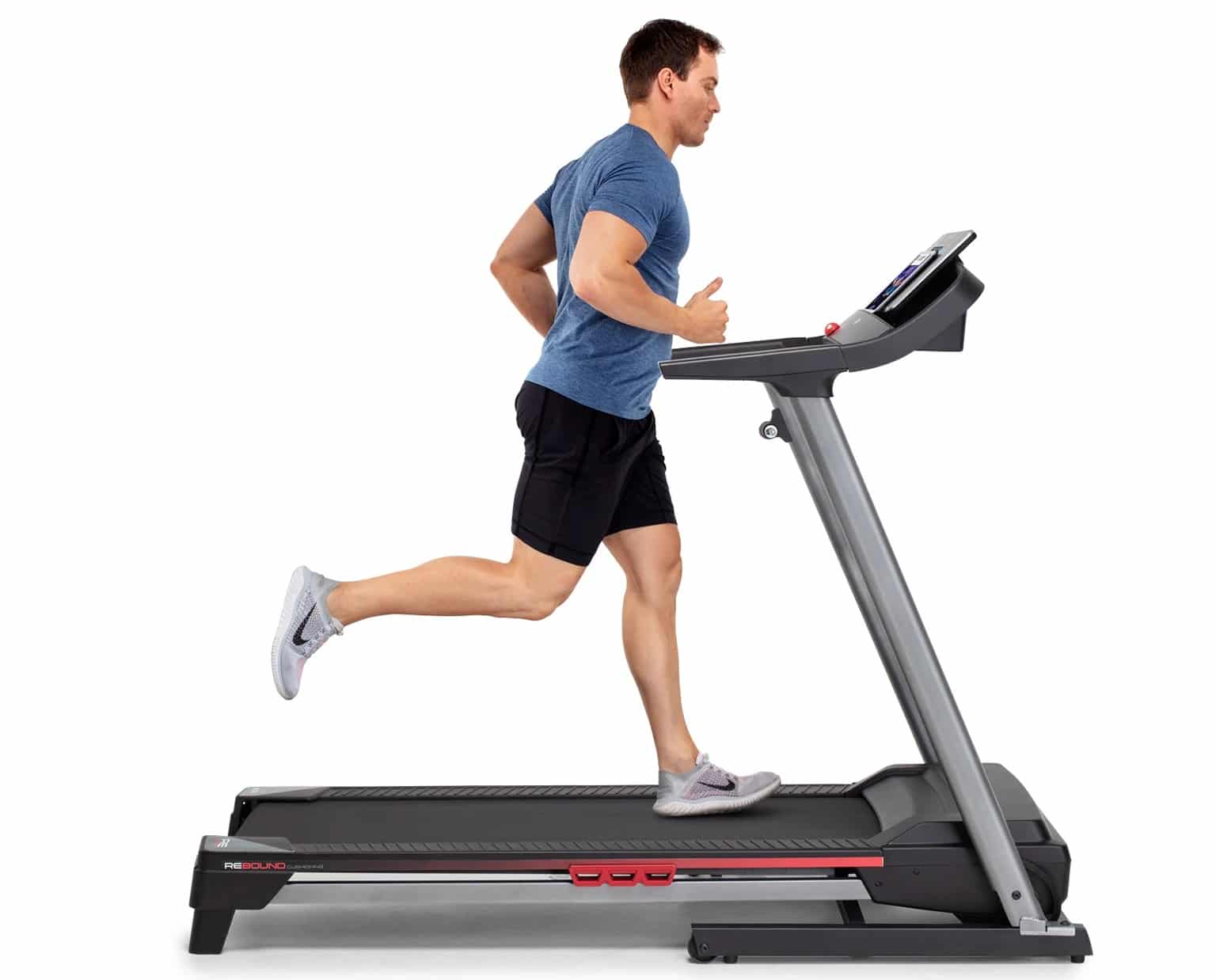

12. Don’t wear the wrong shoes
The wrong shoes can cause a number of problems when running, including blisters, shin splints, and knee pain. Make sure you invest in a good pair of running shoes that are comfortable and fit well. And be sure to replace them every few months to ensure they continue to provide the support you need. When you have your foot hitting the deck repetitively for miles at a time, you need to know they are suitably cushioned.
Conclusion
Following these simple tips and by avoiding the highlighted treadmill mistakes, you can have a safe and enjoyable treadmill workout that will leave you feeling satisfied and accomplished. Just remember to warm up beforehand, pay attention to your form, and focus on your breathing…and most importantly, don’t try to go too fast!
Now get out there and hit those goals!
FAQs
Is an exercise bike safer than a treadmill?
There is no definitive answer as each person’s situation is different. If you have any health concerns, speak to your doctor before starting any new exercise routine.
Is it wise to use popular treadmills reviews to find the best treadmill for me?
A professional reviews site, just like ours, is the best place to obtain all the information you need in relation to what treadmills offer and how to make your final choice when purchasing.
Is it safer, when starting out, for treadmill users to complete an exercise program but at a slower pace than they might want to start at?
Yes, it is always best to start slow and gradually increase your speed as your body gets used to the exercise. This will help prevent injuries and allow you to get the most out of your workout. Many first-time users are full of energy and want to start out at a fast pace, but this is not recommended. It is best to start slow and work your way up to a faster pace as your body gets used to the exercise.
Can they then simply complete the same workout but at a faster speed over the coming days/weeks as they get fitter?
Yes, as your body gets used to the exercise, you can gradually increase your speed. This will help you get the most out of your workout and avoid injuries.
Here are some exclusive training tips to distinguish between burning more calories vs fewer calories:
When we are working out, our body is constantly burning calories. The number of calories burned during a workout depends on a variety of factors, including intensity, duration, and weight.
The following tips will help you burn more calories during your next workout:
1. Choose an activity that you enjoy and can stick with for the long term.
2. Incorporate interval training into your workouts. Interval training alternates periods of high-intensity activity with periods of low-intensity activity. This type of workout is more effective at burning calories than a traditional, steady-state workout.
3. Add resistance training to your workouts. Resistance training not only helps to build muscle, but it also helps to increase the number of calories you burn at rest.